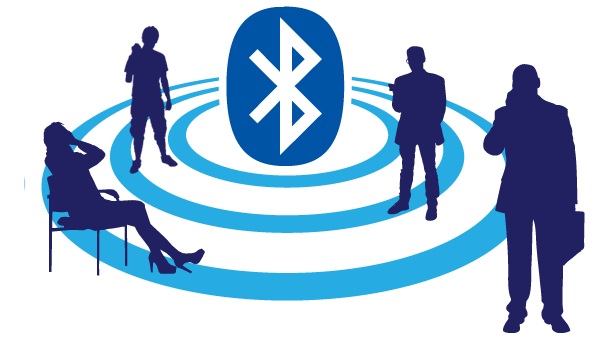The car is the preferred partner of any motorist, which is why some people do not hesitate to afford the best in the field and opt for a car stereo Bluetooth. But how does it work?
Bluetooth car radio: convenient to call the steering wheel
The legislation on the phone while driving is very strict in United States. This is why many motorists choose a Bluetooth car radio that allows them to communicate on board (the hands-free kit is now prohibited). With this system, your car radio is directly connected to your phone (if it is Bluetooth enabled). In this way, you control your smartphone with the voice without ever having to leave your steering wheel of the hands. When you make or receive a call, you hear the other party directly in the speakers of your Bluetooth car stereo . A solution all the more useful that the Bluetooth headset was, meanwhile, prohibited in 2015. If you are looking for a Best Bluetooth Audio Transmitter, i recomend you to read all the reviews before purchasing it.
Also Read:
Bluetooth: a safer and more energy efficient alternative to your body
Bluetooth 5: how does it work and what will it change?
Bluetooth car radio: how to call?
When you get into your vehicle, you first need to activate the Bluetooth feature of your smartphone. Your Bluetooth car radio then detects it automatically, and synchronizes your repertoire and your music. Then, all you have to do is use the voice command to call your interlocutors. And if you listen to music before receiving a call, it automatically turns off. Simple and much safer.
Bluetooth car radio: other features and prices
The other advantage of a Bluetooth car stereo is that it automatically synchronizes the music on your smartphone. So you can listen to your playlists without having to plug in your phone. In terms of price, there is for all the scholarships. Count around 50 € for a classic entry-level model. For a car stereo Bluetooth with touch screen and integrated GPS , you will pay between 200 and 400 euros, or 700 euros for high-end models. Before buying your Bluetooth car, remember to check that it is compatible and adapted to the cabin of your vehicle.











